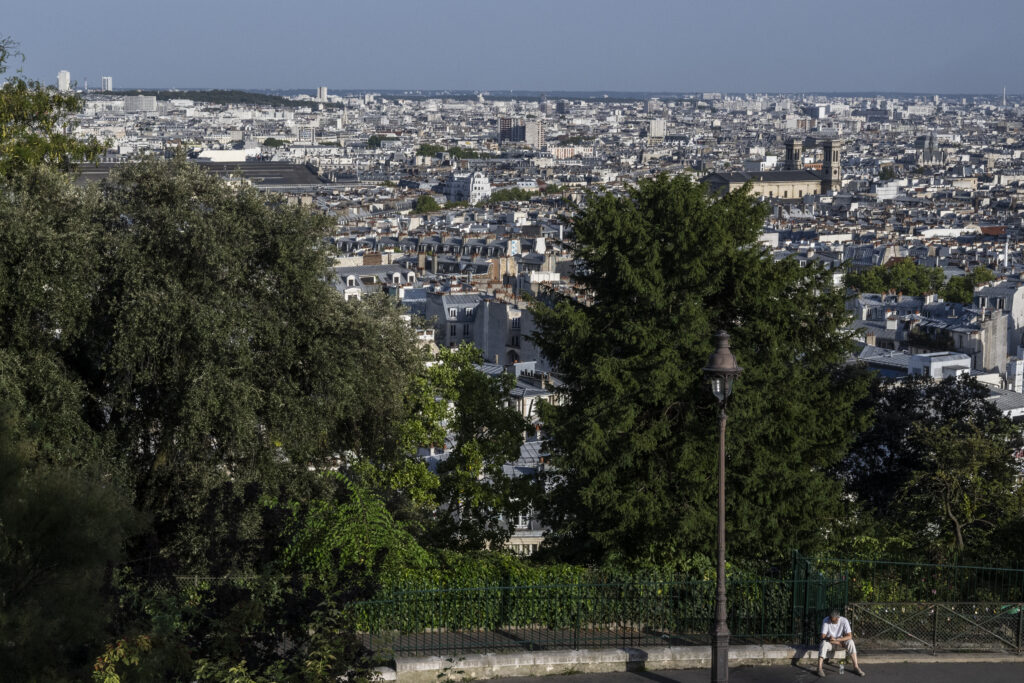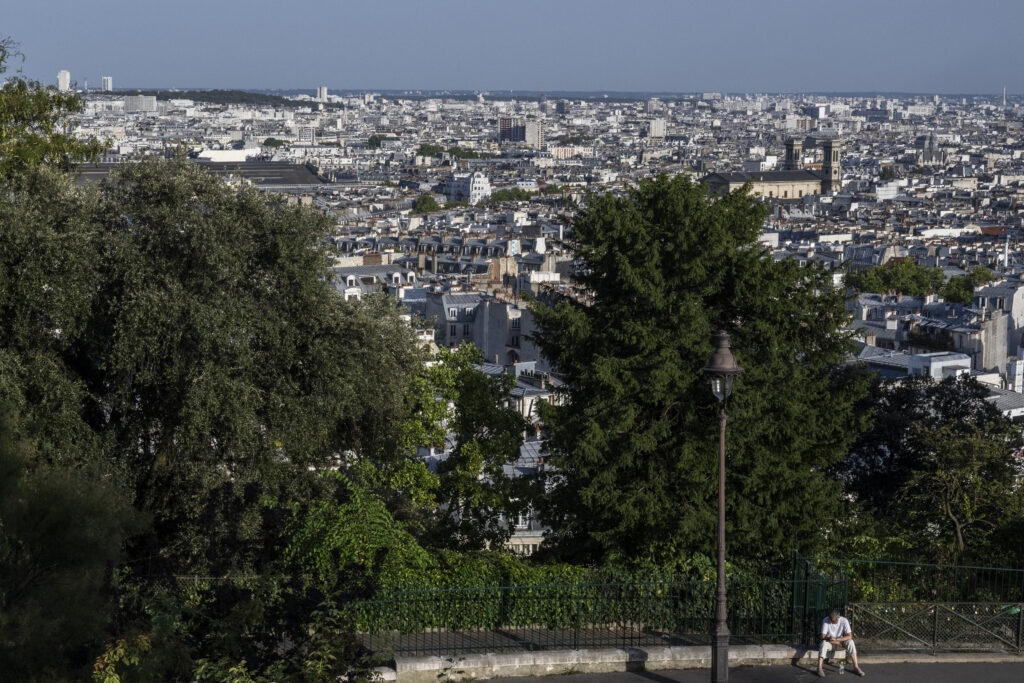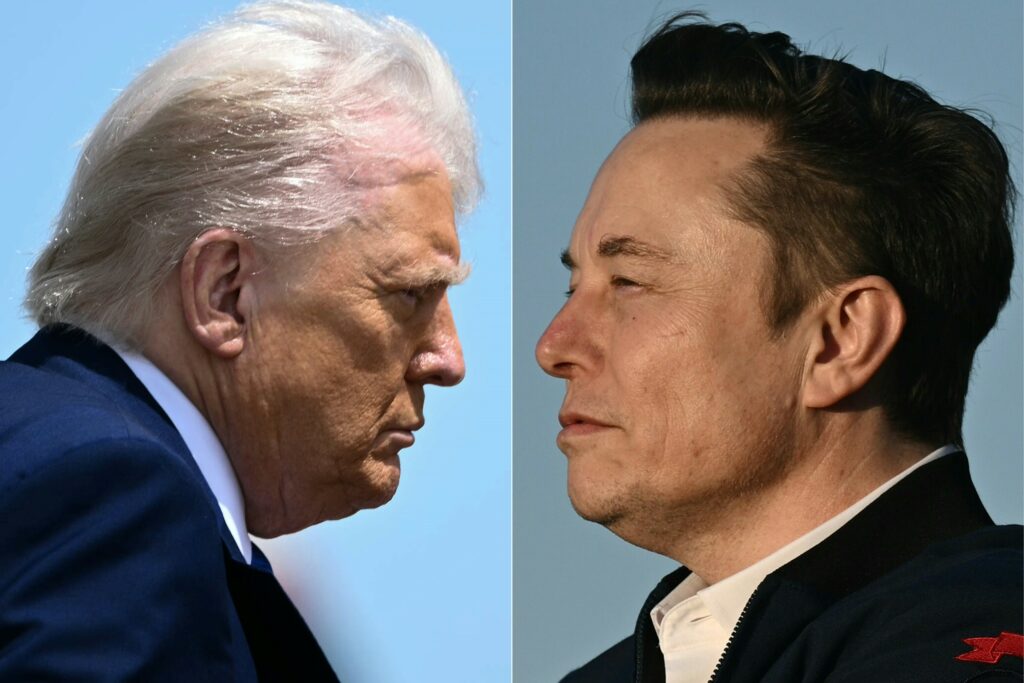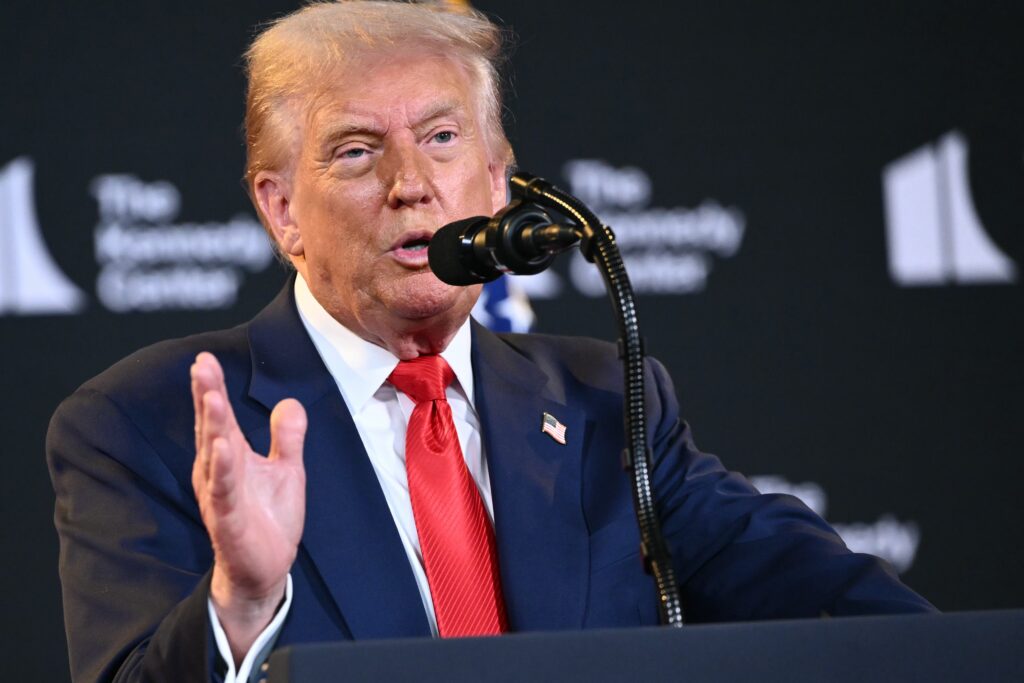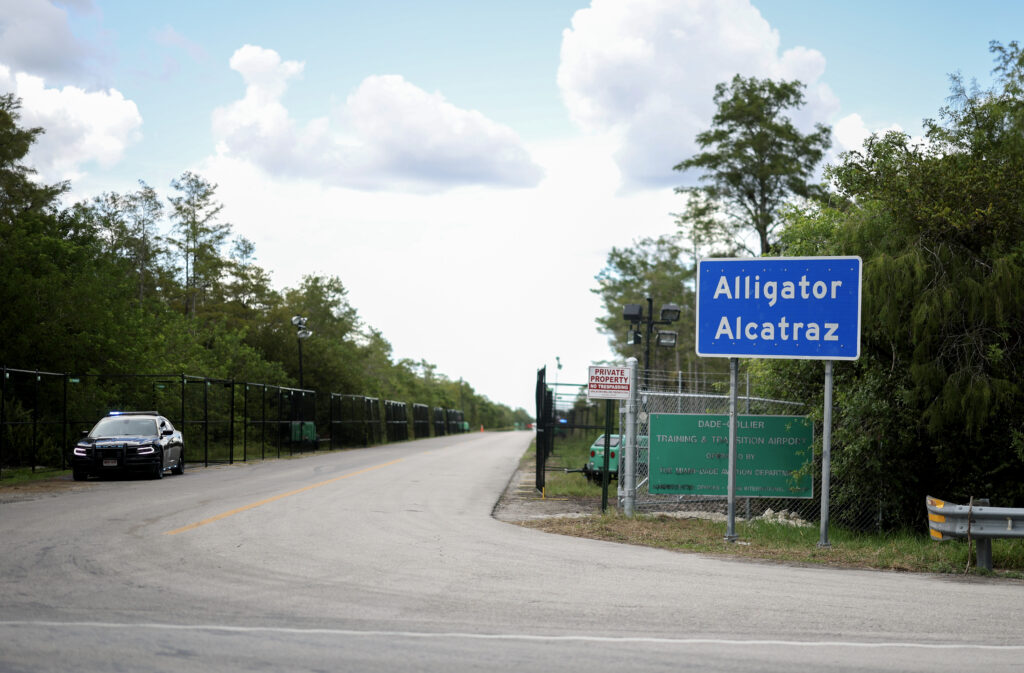Affectés par le feu, les viticulteurs des Corbières attendent l’aide de l’Etat
Déjà accablés par des aléas climatiques et économiques, les viticulteurs des Corbières sinistrés par un incendie exceptionnel attendent une aide du gouvernement, que la ministre de l’Agriculture doit annoncer jeudi, lors de sa visite dans les vignobles de l’Aude affectés par le feu.Désormais maîtrisé, l’incendie d’une intensité exceptionnelle a parcouru 16.000 hectares en deux jours, détruit 36 maisons, une vingtaine de hangars agricoles et dévasté 1.000 à 1.500 hectares de vignes, à quelques semaines des vendanges.A Saint-Laurent-de-la-Cabrerisse, village viticole de l’Aude particulièrement affecté, la ministre de l’Agriculture Annie Genevard doit préciser jeudi des mesures d’urgence et le premier bilan des dégâts, dans un contexte de crise viticole persistante.”On espère que l’enveloppe sera conséquente (…) Juridiquement, l’incendie, ce n’est ni une catastrophe naturelle, ni une calamité agricole, donc il faut que la solidarité nationale joue son rôle”, estime Ludovic Roux, président de la chambre d’agriculture de l’Aude.- “Electrochoc” -Au-delà des conséquences du sinistre — le plus gros incendie sur le pourtour méditerranéen français depuis un demi-siècle — le représentant agricole plaide pour que l’Etat accorde un statut spécial au département.”Ici, on n’est pas dans la Beauce, difficile d’avoir de la rentabilité dans une zone méditerranéenne comme les Corbières, du fait de la sécheresse et du climat. On a besoin d’un accompagnement spécifique. D’une indemnité compensatoire de handicap climatique, comme les zones de montagne bénéficient d’une indemnité compensatoire de handicap naturel dans le cadre de la PAC”, plaide-t-il.Baisse de la consommation de vin, hausse des coûts de production, baisse des revenus malgré les arrachages destinés à soutenir le cours du vin, “on espère que le feu va créer un électrochoc. Si l’agriculture recule, ça va coûter plus cher à l’Etat”, avertit M. Roux.Les viticulteurs mettent également en avant le rôle essentiel de coupe-feu joué par les vignes toujours présentes, qui limitent ou stoppent la propagation des incendies. – Pertes de récoltes -Outre les bordures de vignes détruites par les flammes, les œnologues devront déterminer si le raisin épargné peut encore être vinifié, car l’exposition durable aux fumées en altère le goût. Pour le vice-président de la FNSEA Jérôme Despey, “les vignes détruites sont pour la plupart assurées. Les pertes liées à une non-conformité des vins à cause de la fumée ou du retardant, ça, les assurances ne prennent pas a priori”.”Les remontées de terrain font état de 1.000 à 1.500 hectares fortement impactés (…) c’est-à-dire avec des pertes de fonds, des pertes de récoltes, des vignes qui ont reçu du produit retardant, qui ont été exposées pendant plusieurs jours à de la fumée”, a déclaré mardi à l’AFP Jérôme Despey, aussi viticulteur et président du conseil spécialisé Vin et Cidre de FranceAgriMer.Le ministère de l’Agriculture a fait savoir qu’Annie Genevard apporterait “son soutien aux acteurs locaux de la filière et des mesures concrètes d’aide en faveur des agriculteurs, et en particulier des viticulteurs sinistrés”. Une réunion sera consacrée à des “mesures d’urgence”, mais aussi aux “solutions durables pour reconstruire et renforcer la résilience des exploitations touchées”, selon la même source.Le Premier ministre François Bayrou s’était rendu sur place le 6 août, au lendemain du départ du feu. Il avait qualifié l’incendie de “catastrophe d’ampleur inédite” et évoqué un “plan de sauvegarde et d’avenir”.L’eurodéputé Renew Grégory Allione pointe du doigt des “dégâts irréversibles” et, dans un message sur X, appelle la ministre à puiser dans un fonds européen: “activez la réserve de la PAC (Politique agricole commune)”, lui recommande-t-il.


